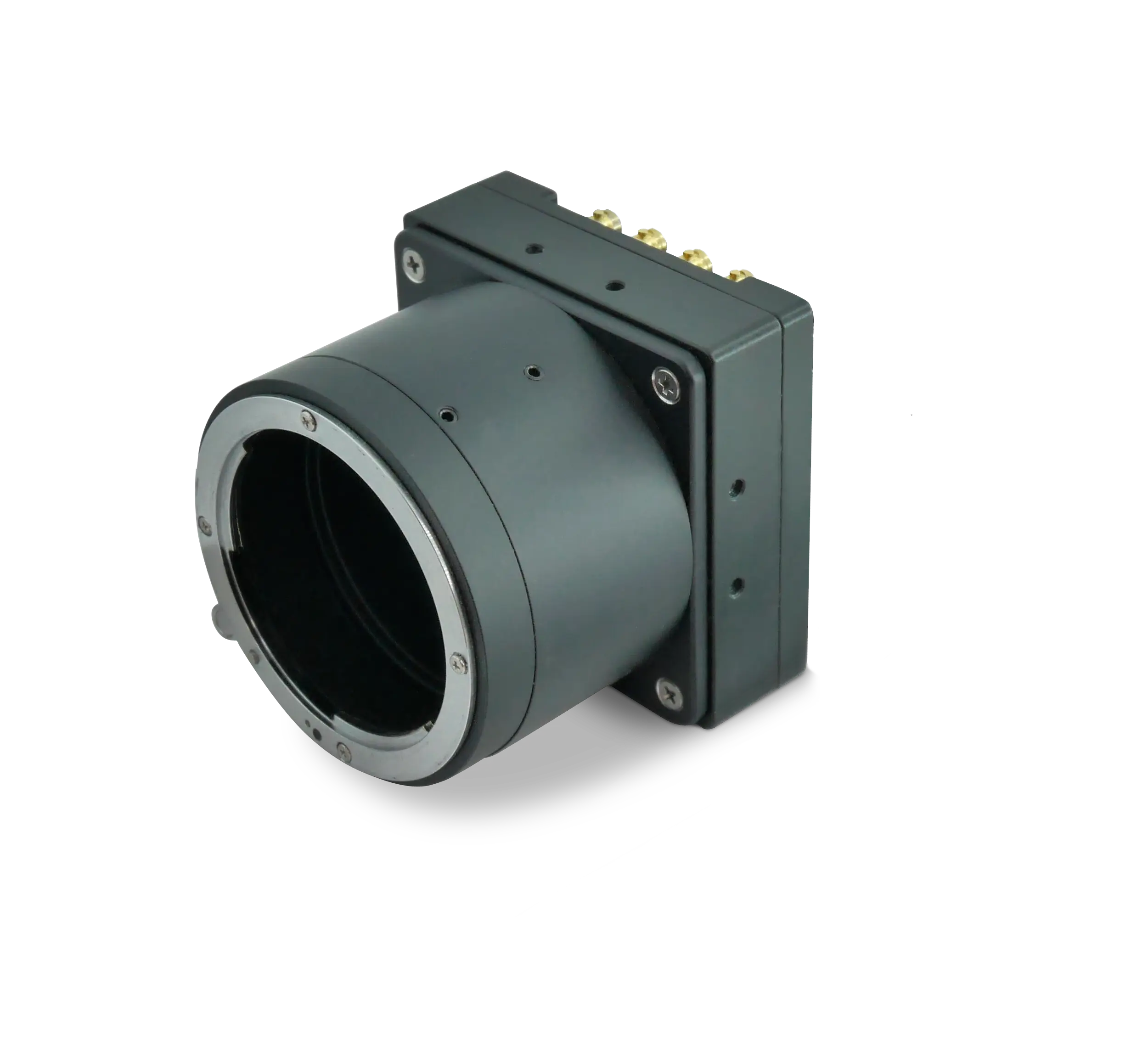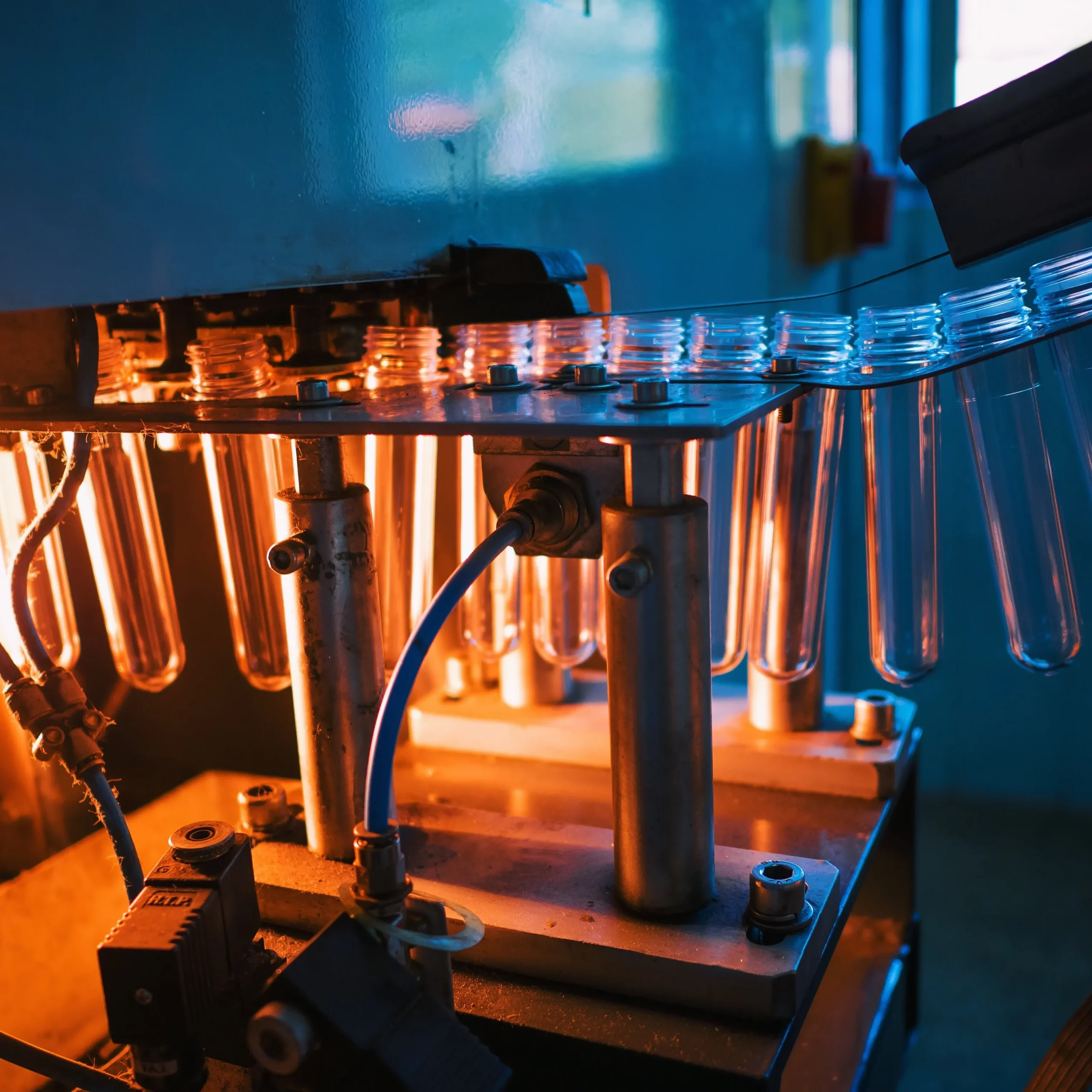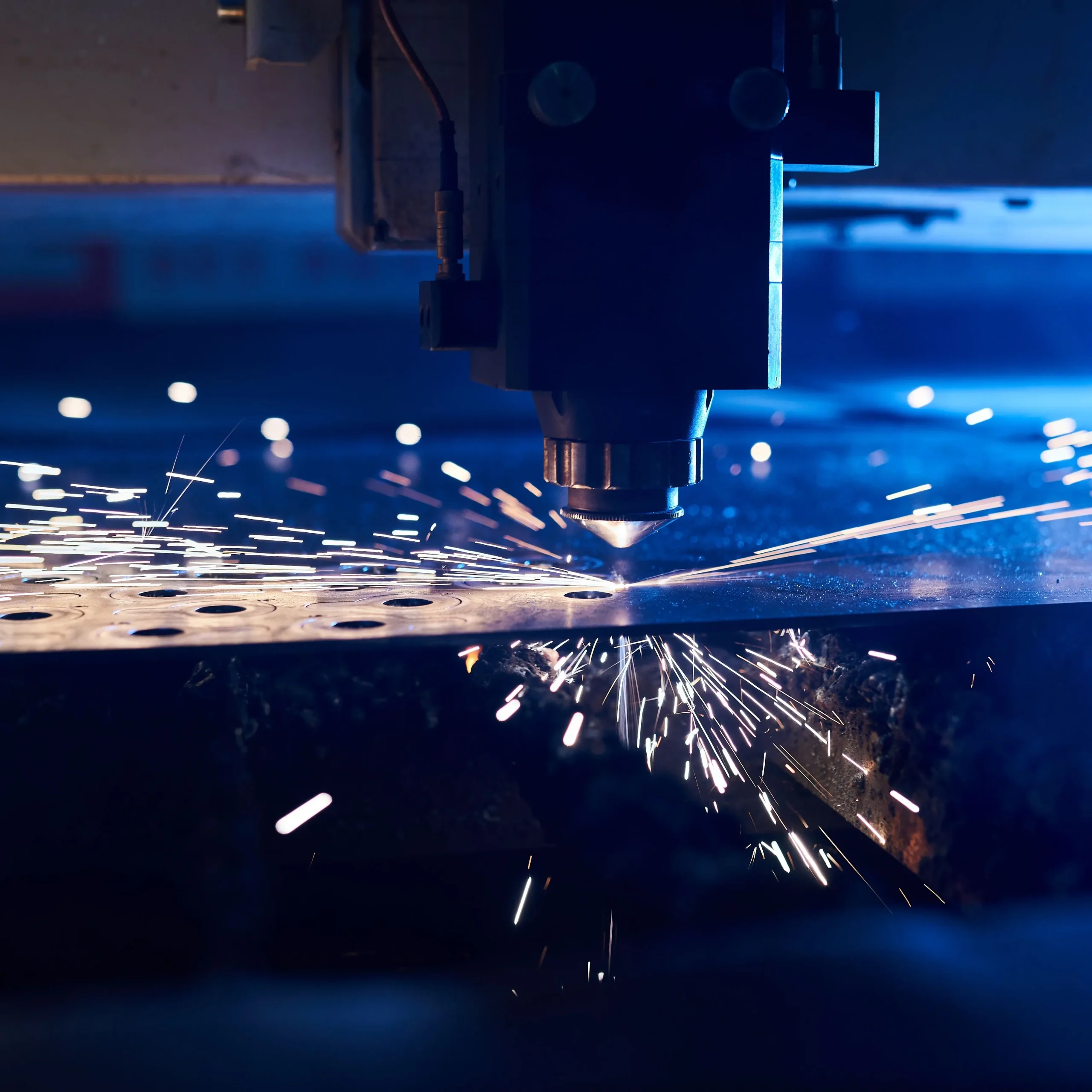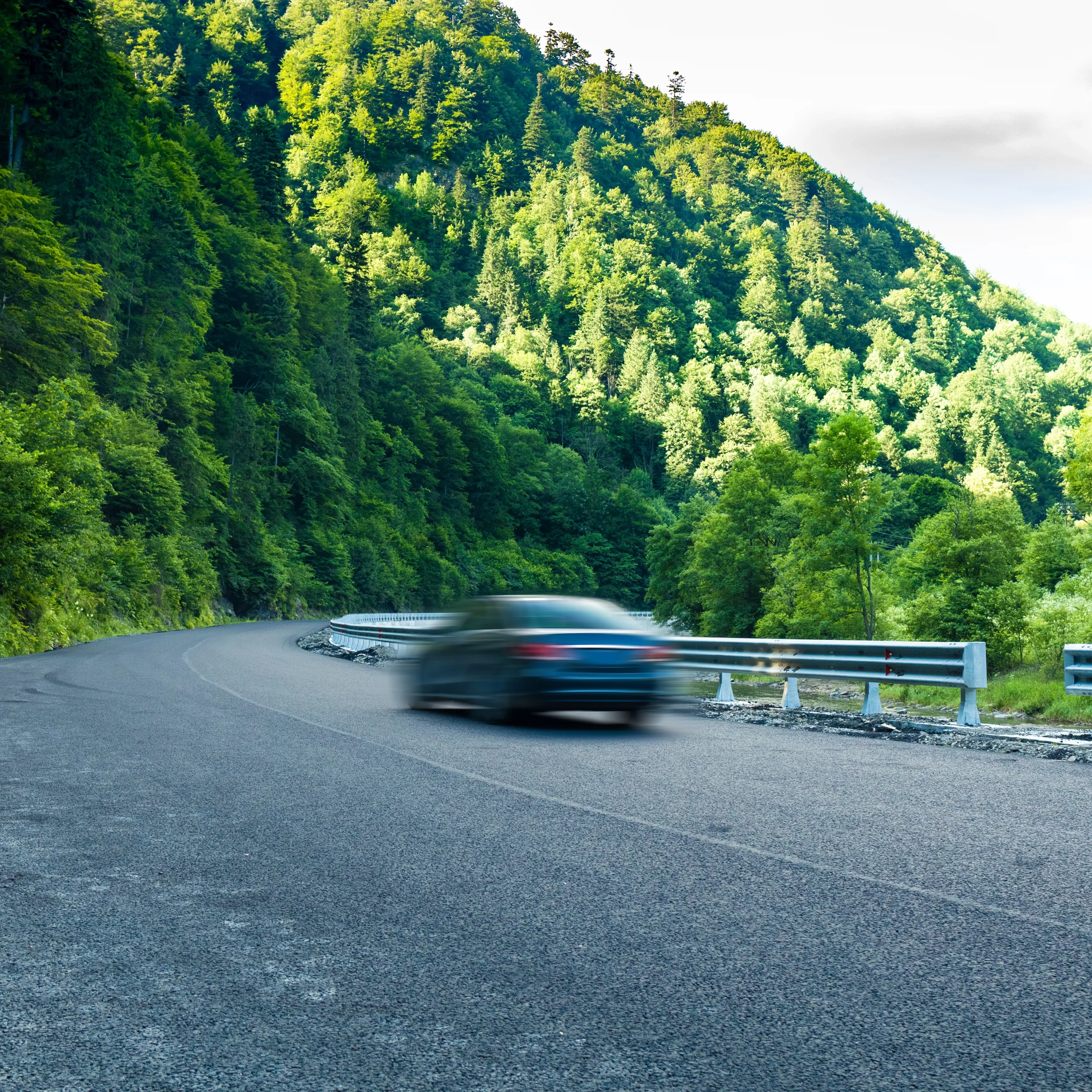Robotic workcells used to be sprawling affairs, with gantry robots, long conveyor runs, and line-scan cameras mounted meters away from the target. That world has changed. Today, OEM machine builders are challenged to deliver precision automation that fits inside a single cabinet or even within a collaborative robot’s envelope. The camera—the robot’s eye—must therefore be as small, as fast, and as versatile as the robot itself. Selecting an ultra-compact industrial camera that also excels at CoaXPress low-light imaging is no longer a luxury; it is a design necessity.
Why size really matters
A confined robotics workcell can leave as little as 50 mm between a gripper and the machine housing. Every millimeter given to imaging hardware is one millimeter taken away from motion freedom. A slim camera profile avoids accidental collisions, simplifies robot path planning, and allows the end-effector to reach deeper into fixtures. KAYA Vision’s Iron 255 series delivers exactly that freedom: a 44 × 44 × 35.3 mm footprint for CoaXPress and a 45.8 × 45.8 × 86.8 mm footprint for CoaXPress-over-Fiber—both small enough to nest inside a fingertip-sized inspection pod.
Lighting challenges inside an enclosure
Unlike open factory floors, enclosed workcells trap reflections and often block overhead illumination. Integrated LED rings are common, yet they must be dimmed to avoid dazzling human co-workers. The result is chronic under-illumination. A camera engineered for CoaXPress low-light imaging can compensate with high quantum efficiency, low temporal noise, and flexible gain while still streaming the full data rate that robotics guidance algorithms demand.
Why CoaXPress for tight spaces?
Designers sometimes assume that USB or GigE Vision is the easiest path in small enclosures. In reality, the bulk of a CAT-6 or USB 3.0 cable forces wide bend radii, and consumer connectors loosen under vibration. CoaXPress micro-BNC and fiber SFP+ connectors, by contrast, offer:
- Locking mechanisms that withstand robot acceleration and vibration.
- A single, slender coax that handles data, control, and—through PoCXP—power, or a duplex fiber that carries data and control while power arrives via a thin auxiliary lead.
- Deterministic, micro-second-accurate triggering critical for pick-and-place or glue-dispense timing.
By embracing CoaXPress, OEMs gain reliable 12.5 Gbps links with cable diameters as small as 2.8 mm—ideal for routing through robot joints.
Key performance metrics for OEM machine vision in tight spaces
- Form factor: Must clear adjacent tooling without sacrificing sensor size.
- Global shutter: Enables distortion-free imaging of moving parts.
- Dynamic range: Captures both shiny metal edges and dark recesses in a single frame.
- Heat dissipation: Limited airflow demands low power consumption.
- Robust I/O: Isolated triggers and strobes synchronize with robot controllers.
The Iron 255 addresses all five. At roughly 69 cm³ volume (44 × 44 × 35.3 mm) and <3.2 W power draw, it is one of the few cameras that stays cool in a sealed IP67 barrel while streaming 87.6 fps at 8-bit. The Sony Pregius IMX255 sensor provides a dynamic range greater than 70.8 dB, making low-light capture practical without lengthy exposures.
Spotlight: Iron 255 for coaxial cabling
When ultra-compact form factor must be paired with millisecond latency, the Iron 255 shines:
- 3.45 µm pixels and 4112 × 2160 resolution balance detail and field of view, letting machine designers use C-mount lenses instead of bulky F-mount glass.
- Global shutter eliminates smear when a SCARA arm moves at 2 m/s.
- PoCXP simplifies power distribution; no extra supply is needed inside the robot head.
- Defect pixel correction, LUT, auto exposure/gain, and ROI execute on-camera, reducing CPU load on the vision PC.
Imagine a pharmaceutical handling cell that picks translucent vials. Reflections from the stainless-steel gripper make thresholding difficult. With the Iron 255, you can define a 1024 × 256 ROI around only the vial neck, crank analog gain by 6 dB for CoaXPress low-light imaging, and still maintain well over 300 fps—perfect for aligning the cap before torqueing.
Spotlight: Iron CoF 255 for fiber runs
Some workcells place the camera inside an RF oven or on a robot spinning 360°. Slip-rings and EMI become headaches. The Iron CoF 255 solves both by tunneling CoaXPress over duplex fiber:
- Eliminates copper shields, removing ground loops near high-power motors.
- Extends up to 80 m without repeaters (typical with multimode SFP+ transceivers), allowing the vision server to sit outside hazardous areas.
- Weighs under 180 g, preventing payload penalties on small six-axis robots.
- Operates from -40 °C to 80 °C, matching the spec of industrial robotic wrists.
Because the protocol remains pure CoaXPress, you still enjoy deterministic triggers and GenICam control. A thin 12 V power lead routed alongside the fiber powers both the image sensor and the on-board FPGA, keeping cabling at an absolute minimum—a requirement for OEM machine vision for tight spaces.
Low-light performance in numbers
Under a modest 10 lux environment (typical inside a lightly lit cabinet), the Iron 255’s >63 % quantum efficiency and <2.2 e– noise floor yield a theoretical signal-to-noise ratio of 30 dB at 1 ms exposure. Competing USB cameras with similar pixel sizes often require 4 ms to reach 25 dB, quadrupling motion blur. For tasks such as reading laser-etched 2D codes on matte black housing, those extra milliseconds can break cycle-time budgets.
Thermal management inside a sealed pod
Ventilation holes are incompatible with IP67 protection and with clean-room ISO-3 standards. The only viable strategy is minimizing heat generation at the source. The Iron 255’s sub-3.2 W budget keeps sensor junction temperature just 7 °C above ambient when encapsulated in a passive aluminum sleeve. Lower temperature means lower dark current, reinforcing the CoaXPress low-light imaging advantage. For fiber models, 4.5 W still resides well within most robot wrist cooling allowances.
Integrating cameras into robot tooling
An ultra-compact industrial camera allows designers to adopt non-traditional mounting points:
- Directly on the gripper faceplate for eye-in-hand calibration.
- Inside the tooling change unit, with quick-disconnect fiber couplers.
- Embedded in 3D-printed polymer shrouds that double as light baffles.
When the camera is about 50 g, a small hollow-shaft servo can safely rotate the entire imager to capture multiple angles instead of adding a second camera. That translates to lower bill of materials and easier calibration routines.
Optimizing cable routing
The micro-BNC connector on the Iron 255 accepts thin RG-178 coax, allowing it to snake through robot joints alongside pneumatics. For the Iron CoF 255, a 3 mm armored fiber jumper navigates roller-chain energy tracks without exceeding tensile limits. Both solutions eliminate the heavy Cat-6A flex cables many integrators battle.
Software flow tailored for OEMs
KAYA Vision’s cross-platform SDK exposes GenICam nodes so that a single XML profile can switch between coax and fiber models. For OEM machine builders delivering hundreds of identical cells, that means one source code base and one golden recipe stored on the MES server. Switching an Iron 255 to an Iron CoF 255 for a different facility becomes a two-line configuration change, not a software fork.
Checklist: choosing the right KAYA camera
- If space is below 50 mm and robot joint cabling is acceptable, select Iron 255.
- If EMI, slip-ring wear, or long distances (>25 m) are issues, select Iron CoF 255.
- If maximum resolution trumps size, consider Iron 4600, but remember that model uses a rolling shutter and ensure fixture clearance.
- Verify PoCXP or external 12 V supply depending on robot wrist power budget.
- Enable on-board ROI and binning to boost effective frame rate beyond 300 fps for guidance tasks.
Beyond 2D: gateways to 3D and AI
An ultra-compact industrial camera with a global shutter is not limited to 2D inspection. Structured-light scanners can embed dual Iron 255 units 60 mm apart to capture stereo pairs. Because each stream arrives via deterministic CoaXPress, depth reconstruction aligns within micro-seconds. That timing precision is critical when projecting fringe patterns or when an AI model expects synchronized multi-view inference.
Regulatory and ruggedness considerations
Robotic cells in food and pharma plants often require wash-down. The optional IP67 barrel on Iron cameras resists high-pressure spray without adding external housings. For defense or aerospace production, MIL-STD-810G shock and vibration ratings ensure the camera survives tunnel ovens or ballistic cartridge filling lines. That durability means one camera family across multiple industries, streamlining vendor qualification.
Economic impact
Reducing camera volume and cable bulk can save surprising amounts of money:
- Shorter robot cycle time: An 8 ms improvement at 60 ppm equals 29,000 extra units per shift.
- Lower arm payload: A 200 g reduction can allow a smaller, cheaper robot model.
- Fewer control cabinets: Fiber cabling permits relocating PCs outside clean areas, freeing valuable floor space.
Final design insights
Compactness without compromise is the design mantra for modern workcells. By leveraging KAYA Vision’s Iron 255 and Iron CoF 255, engineers gain the trifecta of size, speed, and sensitivity. Whether the task is guiding a surgical robot to place a micro-stent or aligning semiconductor dies in a nitrogen-purged chamber, the combination of ultra-compact industrial camera design and CoaXPress low-light imaging ensures that vision never becomes the bottleneck. As workcells continue to shrink, the need for OEM machine vision for tight spaces will only grow—and KAYA Vision is already there, one millimeter ahead.
